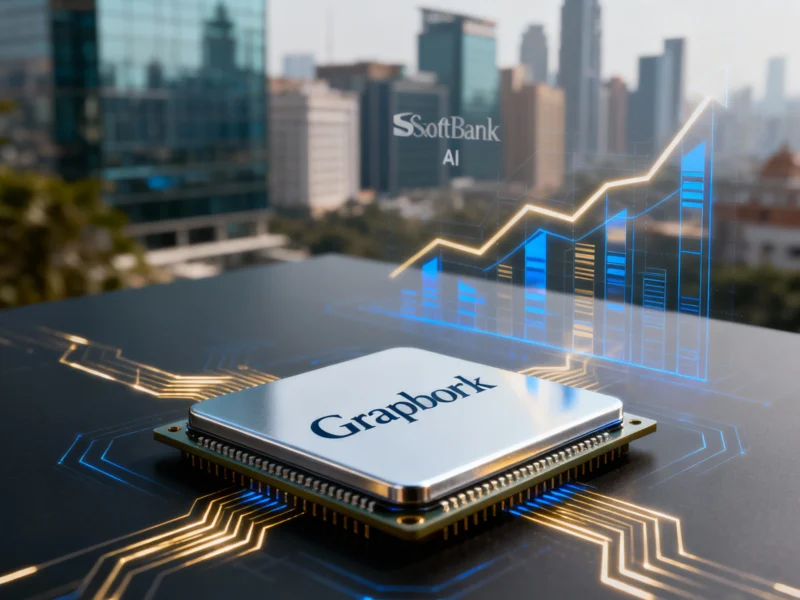According to SamMobile, Samsung is facing a difficult decision with the Galaxy S26 series expected to launch in February in San Francisco. Component prices have skyrocketed across the board, with chipset costs rising 12% from last year’s average and camera module prices increasing 8%. Mobile DRAM prices have jumped an alarming 16% just since the first quarter of this year. The company reportedly kept Galaxy S25 prices stable in most markets, but a price hike for the S26 series now appears inevitable. Industry sources suggest increases in the $50-$100 range, which has been typical for previous lineup adjustments. Samsung isn’t alone in this predicament – Apple has already implemented price hikes with the iPhone 17 series and Chinese OEMs are making similar moves.
The component cost squeeze
Here’s the thing – these aren’t minor fluctuations. We’re looking at double-digit percentage increases across critical components that make up the bulk of smartphone manufacturing costs. That 16% DRAM jump since Q1 is particularly brutal, and it’s expected to get worse. Why? Because memory manufacturers are shifting production to more lucrative high-bandwidth memory for AI chips, creating shortages in mobile memory. Basically, everyone’s chasing the AI gold rush, and smartphone components are getting squeezed out.
<h2 id="samsung-strategy”>Samsung’s strategic moves
This pricing pressure might explain why Samsung is reportedly pushing hard to get the Exynos 2600 ready for the Galaxy S26. Using their own chipset would presumably be cheaper than buying Qualcomm’s latest Snapdragon, giving them some cost control. But is that a good trade-off? Samsung has had mixed results with Exynos chips in the past, and consumers might not love the idea of paying more for what could be perceived as an inferior component. Still, when you’re facing these kinds of cost increases, you have to make tough choices.
Everyone’s in the same boat
Look, Samsung isn’t being greedy here – this is an industry-wide problem. Apple’s already hiking iPhone prices, Chinese manufacturers are following suit, and reports from South Korea confirm this is a structural issue, not a temporary blip. When your three biggest cost components – chips, cameras, and memory – are all up significantly, what can you do? Eat the cost and watch margins evaporate, or pass it along to consumers? For publicly traded companies, that’s not really a choice.
What this means for buyers
So we’re looking at potentially $50-$100 more for flagship phones that were already pushing the $1,000 barrier. That’s not nothing, especially when you consider most people upgrade every 2-3 years. Will this push more consumers toward mid-range devices? Or will we see carriers absorb some of the increase through more aggressive financing deals? One thing’s for sure – the era of stable flagship pricing appears to be over, at least for now. Welcome to the AI-driven component crunch.




